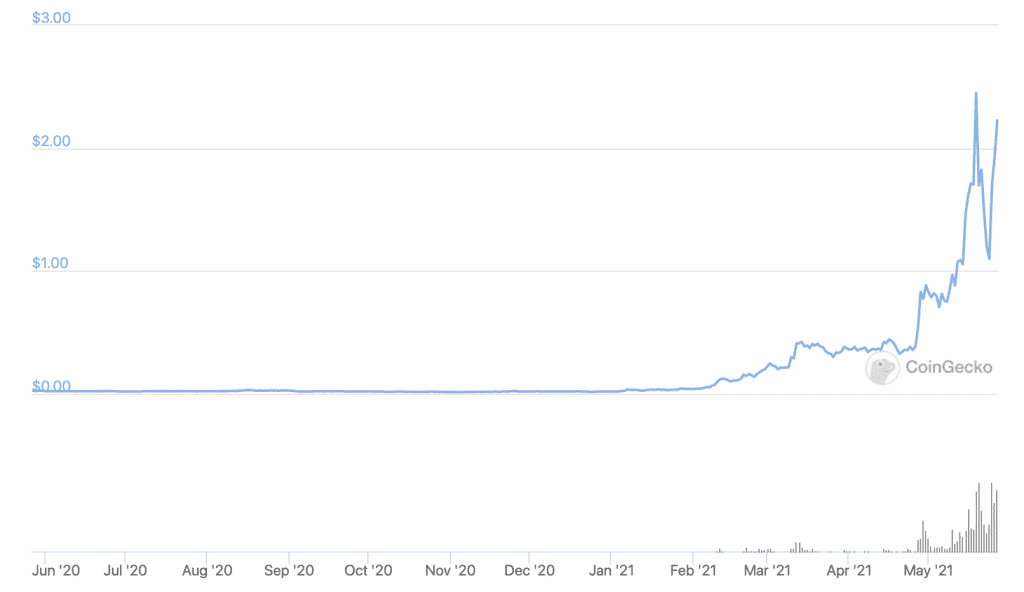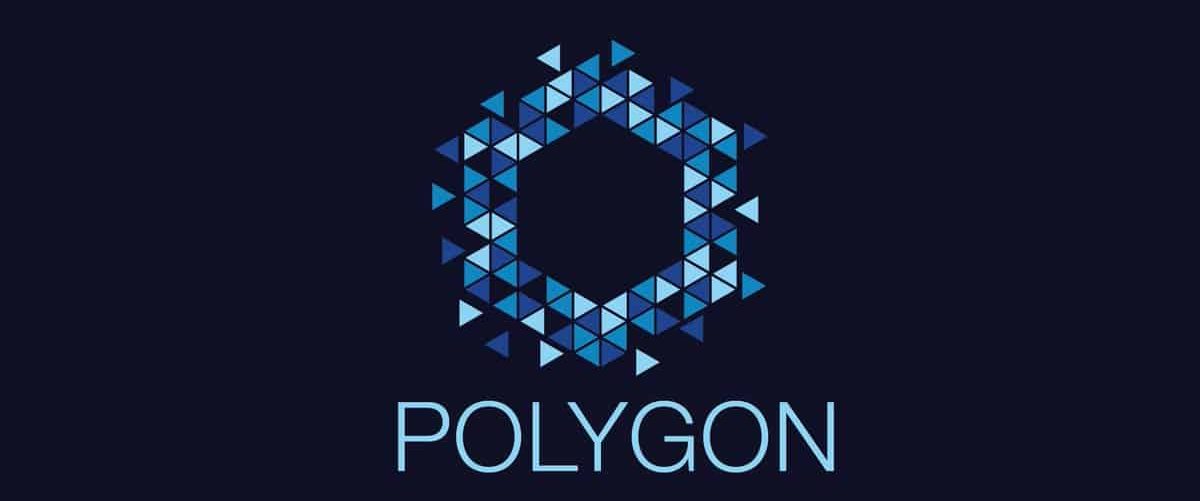Join Our Telegram channel to stay up to date on breaking news coverage
Polygon SDK launches today. Polygon has announced the launch of a software development kit (SDK) enabling developers to build Ethereum-compatible blockchains at speed. Dubbed Polygon SDK, it combines a built-in Ethereum Virtual Machine (EVM) with a variety of pluggable modules that will let teams customize the architectures of their chains.
Formerly known as the Matic Network, Polygon is billing the release as a catalyst for Ethereum’s transition to a “multi-chain ecosystem.” Yet the SDK also comes at a time when EVM-compatible chains such as Binance Smart Chain and Polygon appear to be taking traffic away from Ethereum itself.
Polygon SDK solves for Ethereum’s ‘multi-chain future’
The Polygon SDK consists in several off-the-shelf development modules. The Synchronization & Consensus module will allow developers to choose between different consensus mechanisms, including Nakamoto proof-of-work and a couple of proof-of-authority mechanisms. Meanwhile, the Networking module is based on the libp2p library, enabling the creation of peer-to-peer network applications. Other modules, such as Blockchain, State, JSON RPC, TxPool and GRPC, will let chains mirror current Ethereum functionality.
Polygon’s stated aim in releasing the SDK is to enable the quick deployment of Ethereum-connected chains. The SDK appears as the Ethereum-based DeFi ecosystem accounts for over $60 billion in total value locked in. The Ethereum-based NFT sector has also grown exponentially in recent months, only heightening demand for compatibility with Ethereum among developers. Polygon co-founder Sandeep Nailwal states that the SDK is answering this demand.
“The release of Polygon SDK is an important addition to one of the most exciting periods in Ethereum’s history. With the Polygon SDK, we are solving pressing needs for Ethereum’s multi-chain future,” he says.
Initially, Polygon SDK will help developers build standalone chains responsible for their own security. However, future updates of Polygon SDK will allow for the release of layer-2 chains that depend for their security on that of the Ethereum blockchain itself. Such layer-2 solutions include Optimistic Rollups, zk-Rollups and Plasma.
Future plans and price history
Given the choice between standalone and secured chains, Polygon claims its SDK will cater to enterprises and smaller teams alike. It plans to widen its appeal further by regularly expanding the modules offered by the kit. Soon after the SDK’s release, Polygon aims to add new consensus mechanisms, such as HotStuff and Tendermint. It will also new database implementations, as well as introducing new functionality such as inter-chain messaging and data availability services. The company is also in the process of devising a plugin framework that will let third parties add their own modules to the SDK.
This roadmap could provide Polygon with a bright future. That said, its recent past history has also been enviably bright. It has boasted of rising project integrations its platform in recent months. Its native token — MATIC — has also risen in price by around 10,000% over the past 12 months.

Interestingly, MATIC has been a big mover over the past 24 hours. As if the market had already received prior warning of its Polygon SDK announcement, MATIC has risen by 33%. This is higher than any other cryptocurrency in the top 50 by market cap. By contrast, bitcoin and ethereum have risen by 6.5% and 13.9% over the past 24 hours, respectively.
In fact, Polygon doesn’t appear to need insider trading to boost the price of MATIC. Instead, traders can likely thank Mark Cuban for its strong 24-hour bounce. Polygon announced yesterday that the billionaire investor had added the company to his portfolio, although neither party has disclosed the sum involved.
🔥 @mcuban is one of the most prolific and insightful investors with investments in top startups and he is also one of the Sharks on @ABCSharkTank.
🙌🏻 We're proud to share that @0xPolygon is now part of the Mark Cuban company portfolio!
🌐 Visit: https://t.co/RZg0oIomFS
— Polygon | Aggregated (@0xPolygon) May 25, 2021
Polygon and Ethereum
In other words, the company’s future prospects are looking pretty good. Launched in 2017 as the Matic Network, its primary offering is a layer-2 sidechain that runs parallel to the Ethereum mainnet. This lets companies run EVM-compatible decentralized apps (dApps) without having to pay Ethereum transaction fees, which have exploded during the bull market.
With such fees rising as high as $70 in early May, Polygon has unsurprisingly attracted platforms at the expense of Ethereum. For example, decentralized exchange aggregator Slingshot announced on May 12 that it would be launching on Polygon, even though it had also run a closed beta on Ethereum. Likewise, Aave launched a scaled-down version of its lending platform on Polygon in April, also largely because of high Ethereum fees.
Polygon isn’t a direct competitor to Ethereum, but rather a scaling solution for the platform. Even so, direct rivals have been taking users and traffic away from Ethereum. This includes Binance Smart Chain, which reported record high DeFi adoption in May.
BSC is an Ethereum Virtual Machine-compatible chain, which means that developers can quickly build alternate versions of Ethereum-based apps. This is a big part of the reason why it has been able to grow as a result of high Ethereum fees. And with Polygon SDK now enabling developers to quickly build their own EVM-compatible blockchains, Ethereum may soon encounter other rivals.
Get Free Polygon (MATIC) Trading Signals – 82% Win Rate!
3 Free Crypto Signals Every Week – Full Technical Analysis
Join Our Telegram channel to stay up to date on breaking news coverage




